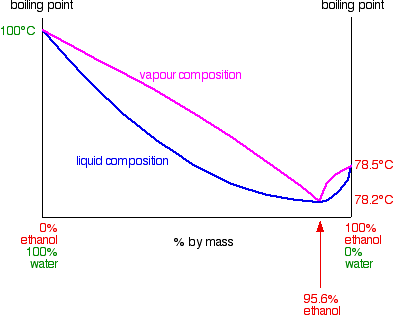Me again.
I know this must be a strange question but is there a way to make homemade NON alcoholic beer? Reason I ask is because my husband does not drink alcohol. However he LOVES beer. He just had way too many back in the day and has been off the sauce for 15 years. Whenever we dine out, he always gets Buckler, Clausthaler or Kaliber.
and has been off the sauce for 15 years. Whenever we dine out, he always gets Buckler, Clausthaler or Kaliber.
I know this must be a strange question but is there a way to make homemade NON alcoholic beer? Reason I ask is because my husband does not drink alcohol. However he LOVES beer. He just had way too many back in the day
 and has been off the sauce for 15 years. Whenever we dine out, he always gets Buckler, Clausthaler or Kaliber.
and has been off the sauce for 15 years. Whenever we dine out, he always gets Buckler, Clausthaler or Kaliber.


